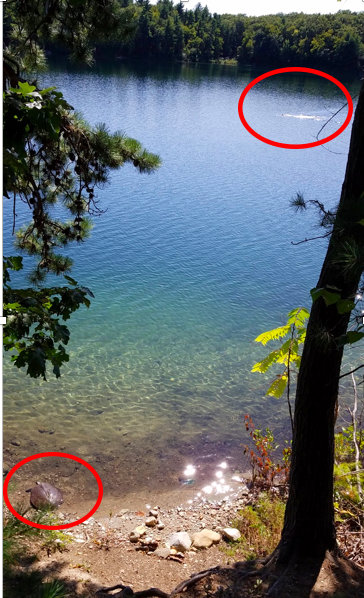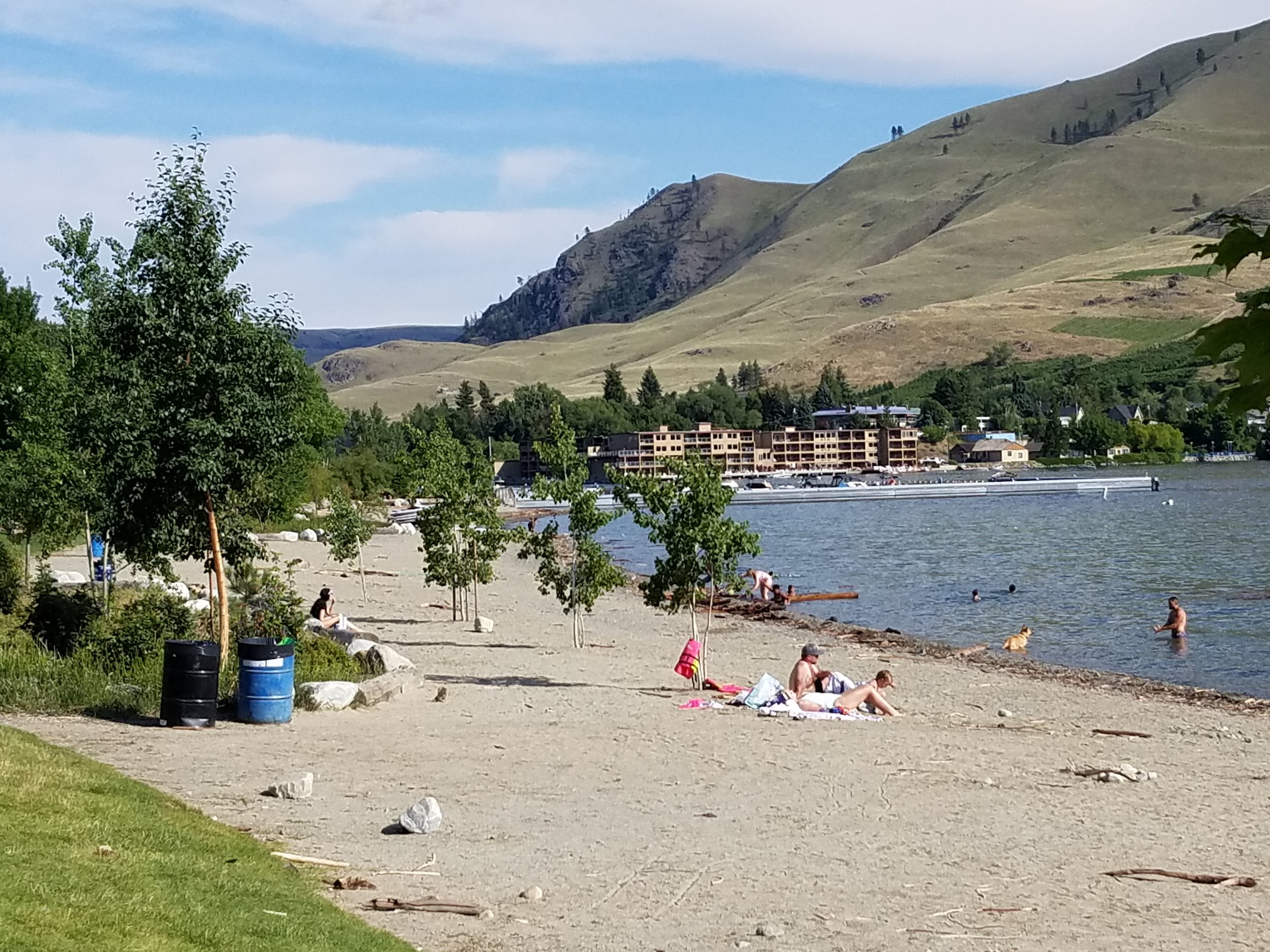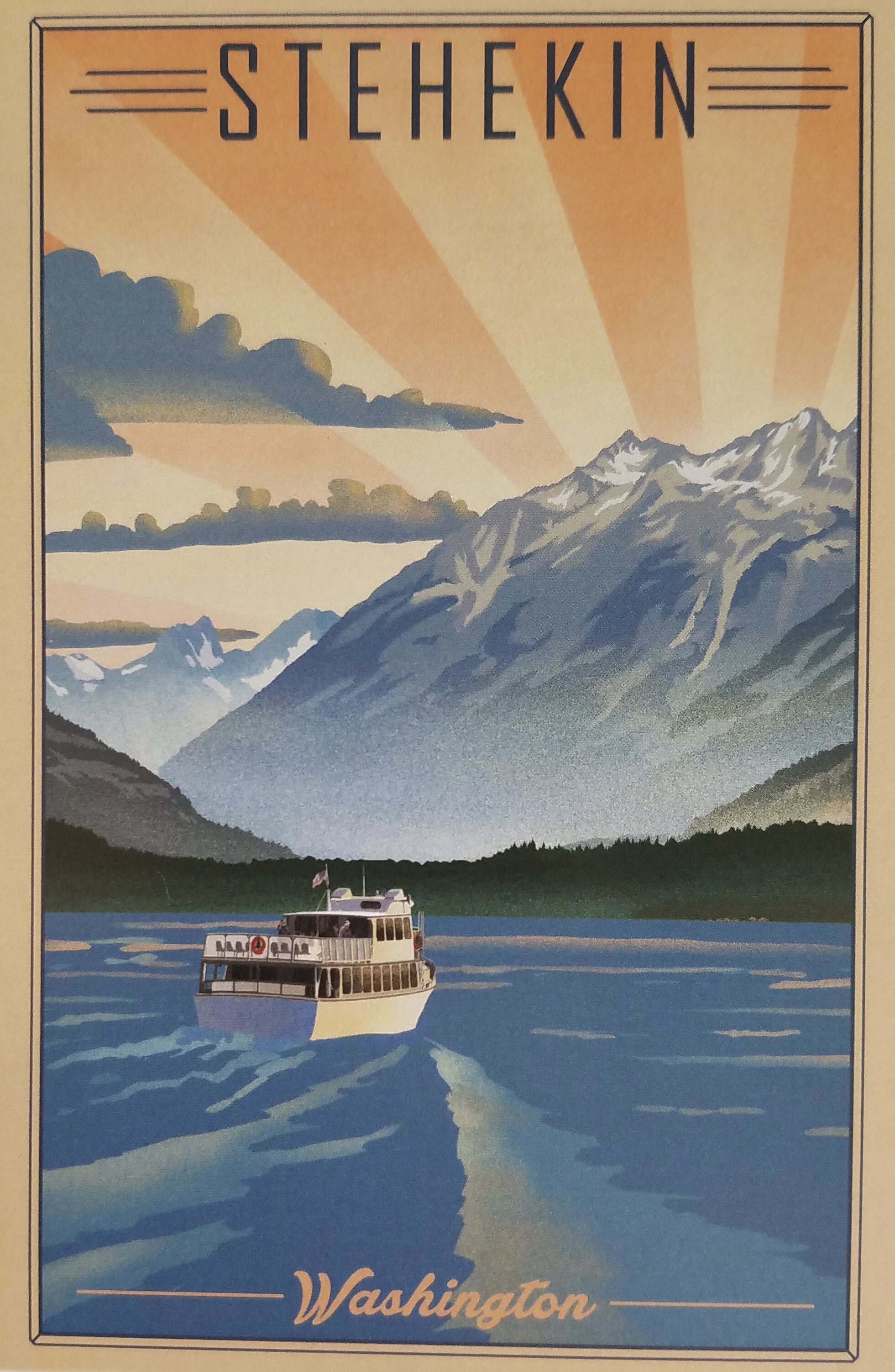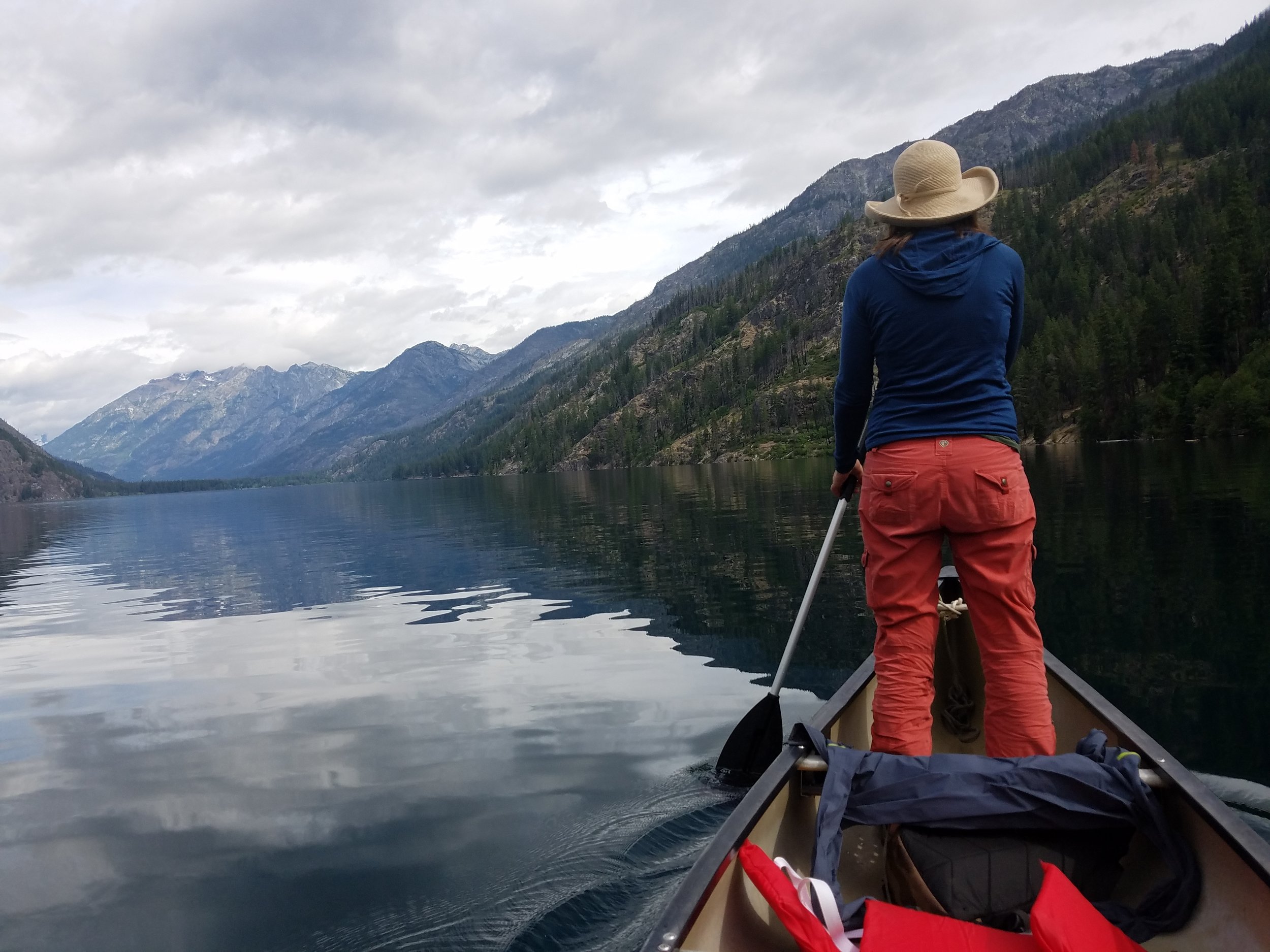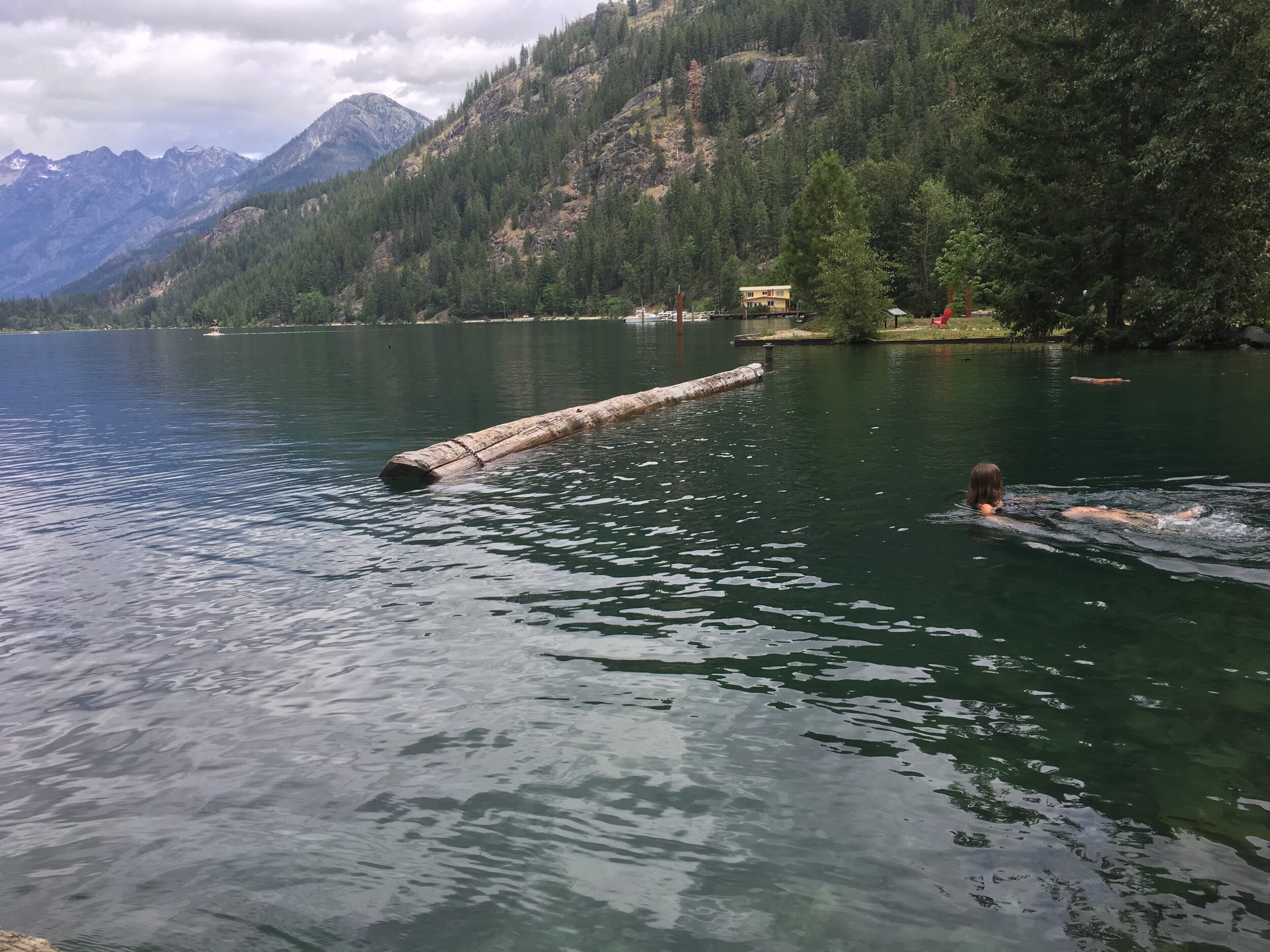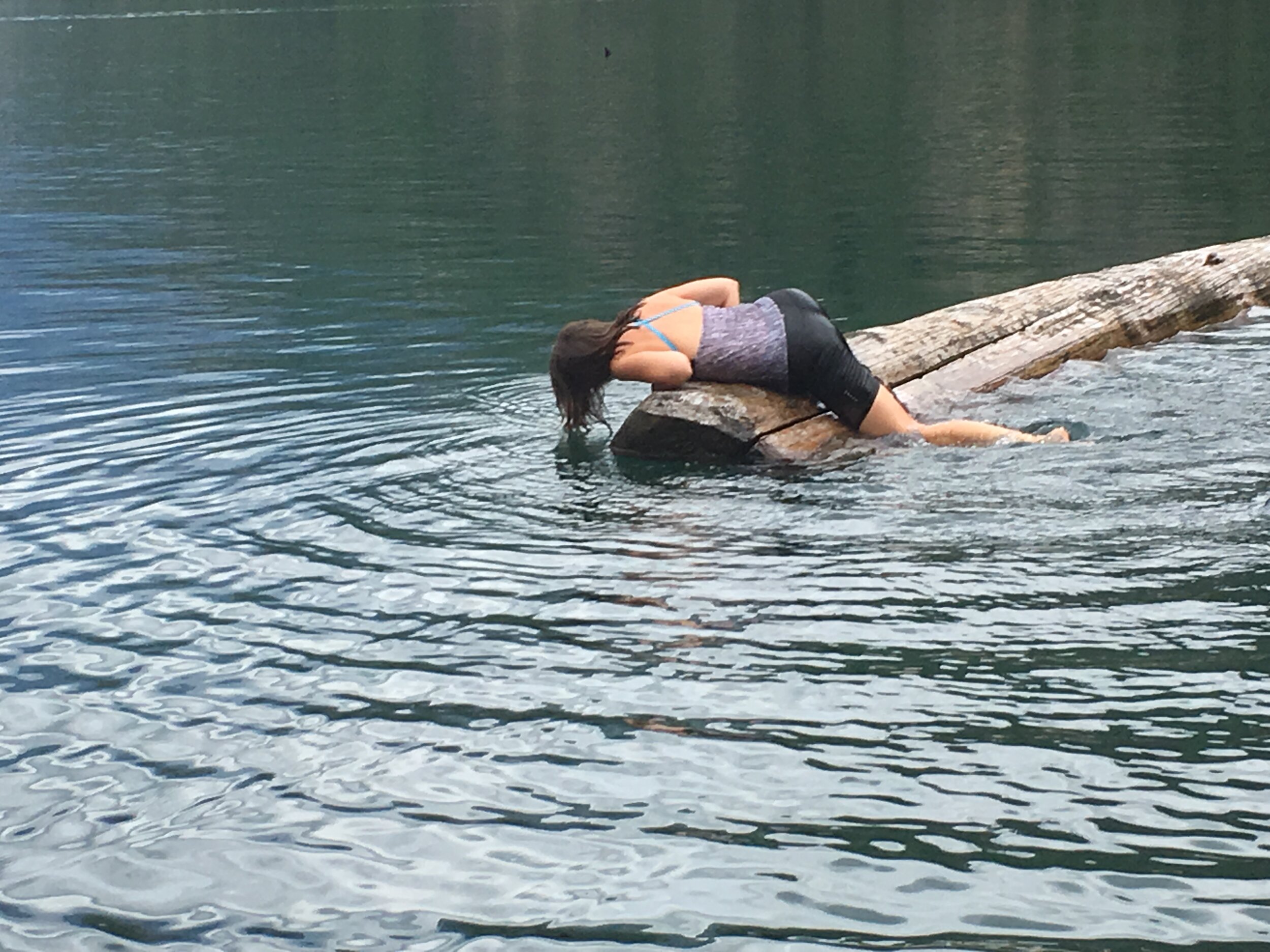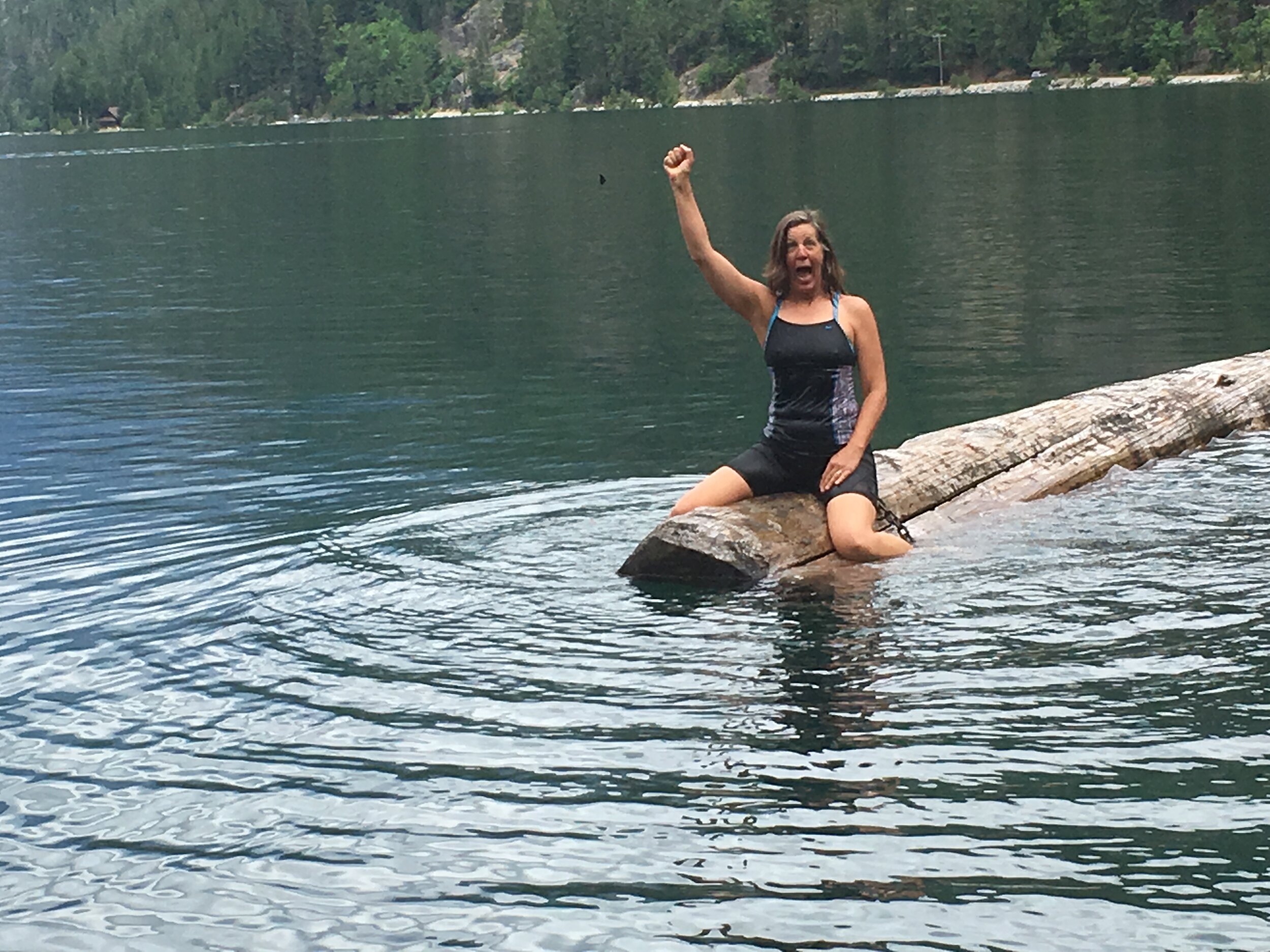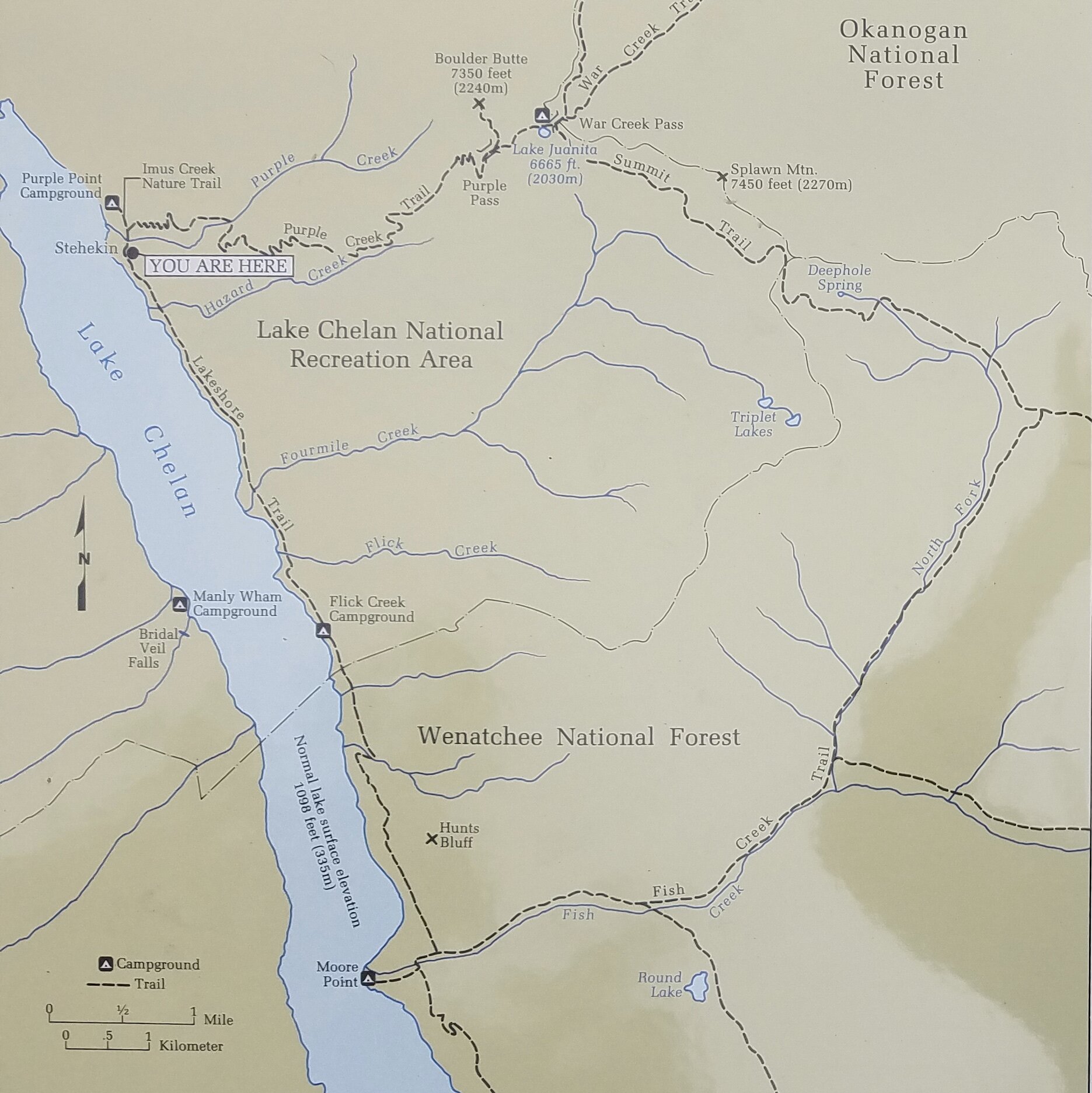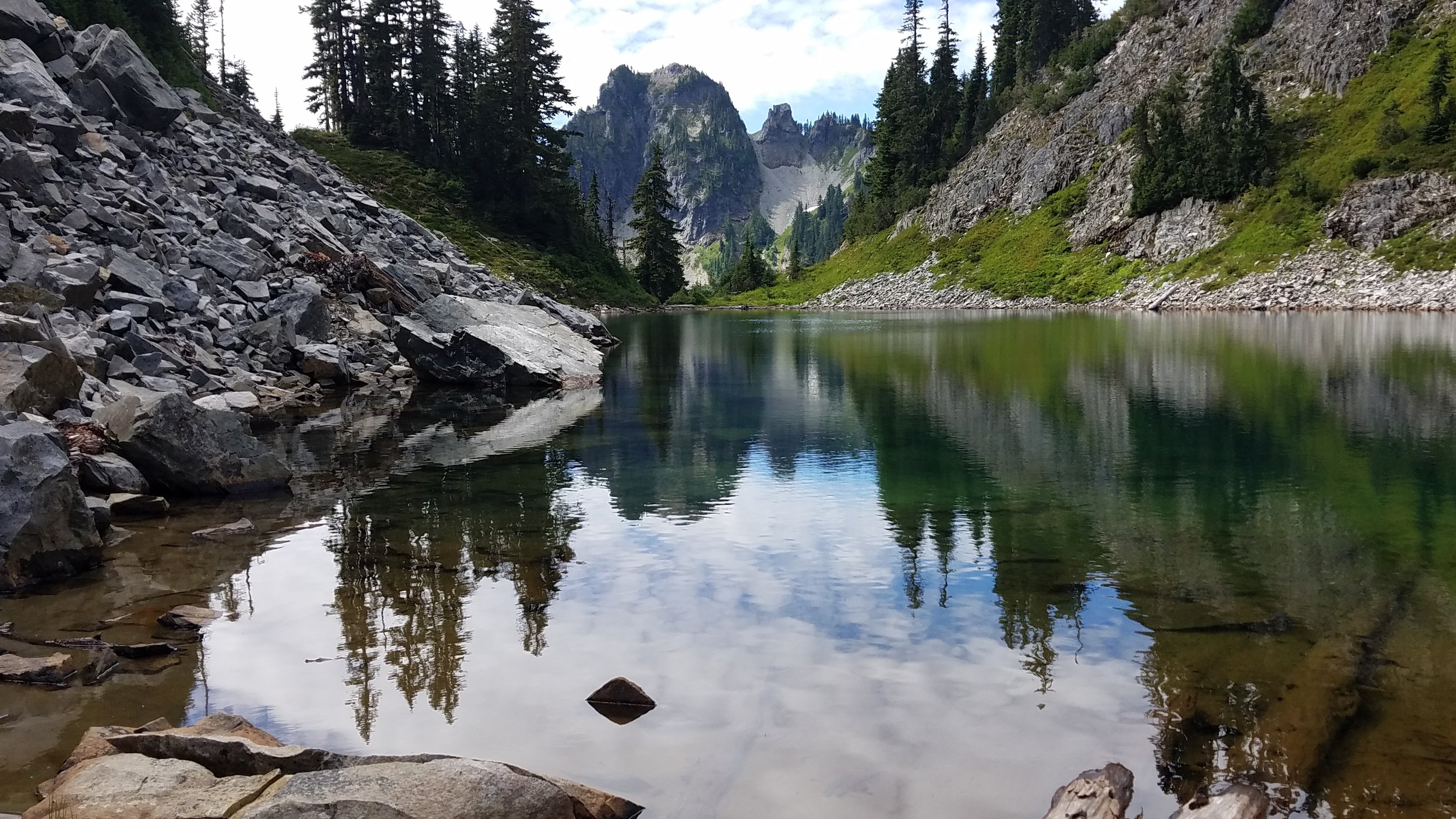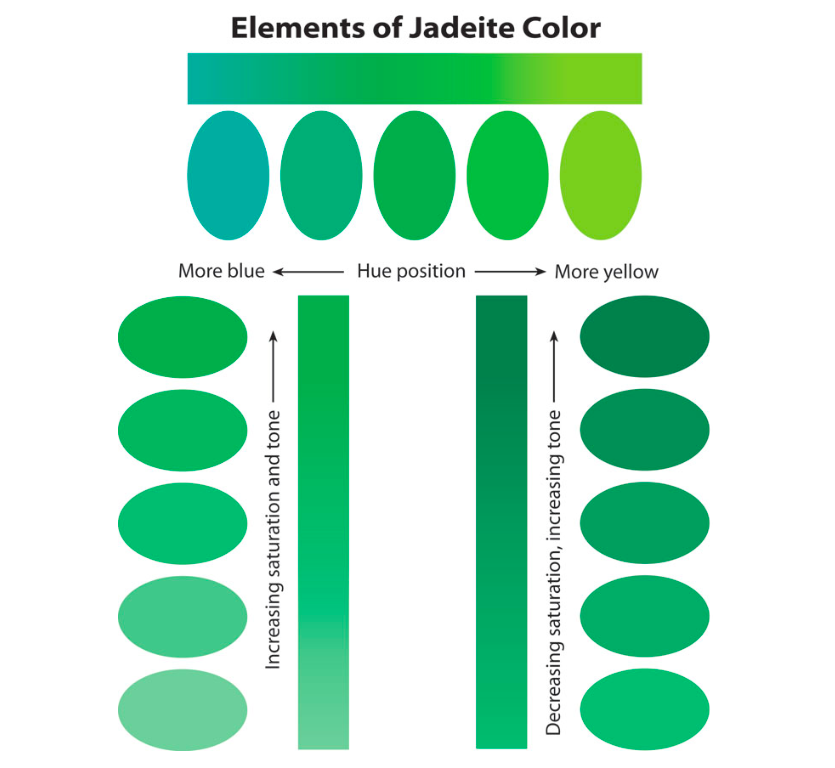One of the most delightful and serendipitous of my summer’s wild swims of 2019 was Walden Pond just outside the town of Concord, Massachusetts. The Walden Pond made famous by Henry David Thoreau’s book Walden, or Life in the Woods. Now that it’s November and my local lakes in the Pacific Northwest are nearly unswimmable without a wetsuit, it’s the perfect time to reflect back on my wild swim in the mild waters of Walden Pond.
Since first reading Walden in high school, I have always imagined Walden Pond as a pond—a smallish, shallowish roundish body of water. When I first visited Walden Pond when I was in college, I do not recall being struck by the pond’s lake-ish look. I was there to cross-country ski on the trails above the pond, which was completely covered in deep snow.
When my older brother recommended a swim in Walden Pond while I was rambling around New England in September. I thought he was joking. Who would want to swim in a scummy-though-historically-important pond? My brother was not joking and my husband and I set off for the premier destination for a wild swimmer, English major, nature writer, and tiny-house coveter.
Most people who come to Walden Pond do not come to swim. They come to see the pond, to see the cabin where Thoreau lived between 1845 and 1847 in a cabin he built by hand. An estimated 600,000 people visit this site every year to pay homage to this writer and philosopher and to imagine what life was like in the mid 19th-century. Walden Pond and 462 acres of surrounding woods are now protected as a Massachusetts State Reservation (state park) and also a National Historic Landmark. The original cabin the 30-year-old Thoreau built by hand on land owned by his friend and mentor Ralph Waldo Emerson no longer exists but a fine replica has been built for visitors to step into and step back in time.
Despite what our poor memory and imagination want to tell us, Thoreau’s one-room cabin was not in the wilderness. Nor was it remote. Nor was Thoreau a hermit during his two-year stint living here. Thoreau went often to the town of Concord (one-and-a-half miles away) and was visited by friends and family regularly. He lived simply and intentionally at Walden Pond for two years (1845-1847). (Photo by M.M. Ruth)
From Thoreau’s cabin, a paved path leads across a busy road and down to the lake. Yes, lake.
Lakes and ponds are both are slow-moving bodies of water surrounded on all sides by land. Walden is 61.5 acres big and 103 feet at its deepest. That qualifies as a lake in my book and my book is Ernest Walcott’s Lakes of Washington, published by the Washington Department of Ecology in 1973. A body of water with a surface area of less than one acre is a pond. Walden doesn’t come close to being a pond. But “Walden Lake?” That doesn’t sound right. Thoreau’s tiny cabin and story of his two years of life in the woods belong on a pond.
Thoreau’s original cabin was sited on one of five coves of Walden Pond, a cove likely to have been warmer than the rest of the lake and also weedier, muddier, and at times stagnant. Historians believe he accessed the lake from a gravelly beach nearby 432 feet away. Thoreau enjoyed the views of the pond, watched wildlife, went boating and fishing, drew his drinking water, and bathed in Walden Pond. “I got up early and bathed in the pond; that was a religious exercise, and one of the best things which I did.” I am not sure if “bathing” meant taking a bath or taking a recreational swim for Thoreau. As a back-country camper, I think they may have been one in the same.
Thoreau devotes two chapters in Walden to Walden Pond. He waxes most poetically about the remarkable clarity and depth of the water. “The water is so transparent,” he wrote, “that the bottom can easily be discerned at the depth of twenty-five or thirty-feet.” And the color!
The water was palette of blues and greens and ochres that Thoreau marveled at: “Lying between the earth and the heavens, it partakes of the color of both. Viewed from a hilltop it reflects the colors of the sky; but near at hand it is of a yellowish tint net to the shore…then a light green, which gradually deepens to a uniform dark green in the body of the pond.” He discerned a “matchless and indescribable light blue…” (which he goes on to describe). Wild swimmers dream of such water!
I walked slowly, almost ceremonially down the path from the cabin for my first real view of Walden Pond. The colors were just as Thoreau had described.
Walden Pond is full of surprises, including its clarity, range of cool colors, and seeming lack of change since Thoreau’s day. (Photo by M.D. Ruth)
Not wanting to rush my Walden Wild Swim, my husband and I sat on the beautiful stone wall above the main beach and just took in the scene—a handful of open-water swimmers steadily stroking their way down the to far end of the pond and back, a few kids playing on the wide beach, small groups of walkers, and some late-season sunbathers. We then ambled along the 1.7 mile “pond path” above the lake, stopping at side trails that lead down the steep hills to small pocket beaches. These small beaches as well as two large beaches are not sandy, but stoney, giving the lakeshore a naturally paved look. Thoreau puzzled over all this stone and suggests in Walden that they originated from broken-down piles of stone created when surrounding land was cleared (for the railroad and other purposes). Thoreau supposes that the name Walden may have originally been called "Walled-in” Pond.
When we reached the far end of the pond at Long Cove, I stripped down to my bathing suit, handed my husband my clothes, shoes, and hat and stepped onto the sandy bottom and into the water. It was pleasantly warm (~80 degrees F).
The length of Walden Pond from Long Cove—a lovely entry point for a Wild Swim. (Photo by M.D. Ruth)
And off I went swimming in the water Henry David Thoreau swam in. I was absolutely giddy. I was in water that buoyed not only Thoreau and possibly his friends, Ralph Waldo Emerson and Nathaniel Hawthorne, but also all the people who visited this pond over the decades since 1847 who knew Thoreau, who read Thoreau, who studied Thoreau, and who thought about his life and legacy while they were swimming. This was a unique swim for me—one that had cultural and historical significance. I cannot think of another pond or lake that holds such an esteemed place in American literature, history, and culture. I was swimming in a shrine.
And when you swim in a shrine, you don’t want to get out. I wanted to swim back and forth all day long as if I were running transects so that I could experience every inch of Walden’s sixty-one acres. Instead, I swam a zig-zagging line into the coves—Ice Fort Cove (a nod to the commercial ice-block harvesting on the pond) and Thoreau’s Cove (site of his original cabin). I popped up often just to look around and the forested hills encircling the pond and to slow my progress toward the end of the swim (had it not just began?) I floated on my stomach and looked through the crystal-clear water to the bottom of the lake. I floated on my back and looked at the cloudless September sky. I think I was bathing as much as swimming this day. Eventually, I swam over to the Red Cross Beach (where swim lessons were taught by the Red Cross) to meet up with my husband who had been walking the path around the lake and taking a few photos from the trail. Here I am (below) swimming in all this gorgeous color and clarity and history.
Thoreau wrote about the wildlife around and in Walden Pond (including the petite Mud Turtle) but failed to mentioned one particular wild resident. (Photo by M.D. Ruth)
Just in case you missed it. I’m the long white splash in the upper right. The SNAPPING TURTLE is the massive oval shape in the lower left.
This snapping turtle was basking at the edge of Walden Pond when my photographer-husband spotted it from a clearing on the trail above the pond. (Photo by M.D. Ruth)
While the snapper may look tiny in this photo taken well above the water, this fine example of a was about 18 inches long. Snapping turtles aren’t aggressive in the water but I might have lost a finger or two if I had come ashore on this beach where it was basking. I dressed and joined my husband to walk the trail back to the spot where he photographed the snapper. There it was, still basking at the edge of that stunning water. We lingered for a while, oohing and ahhhing and feeling very grateful.
Here’s a very short video of the snapper sliding into the water —to my delight and the delight of a group of 11-year-old boys on the trail with us (and who were carrying a small dead fish they named Wilbur, which they decided to toss into the pond for the snapper).
I hadn’t expected to be swimming with a snapping turtle in Walden Pond. Earlier in the week, in Vermont, I had gotten myself all worked up about encountering during my lake swims there. I knew they were “a factor” for wild swimming on the East Coast, along with water moccasins and lake-side poison ivy—factors we don’t have in the Pacific Northwest. I think perhaps my mind was so focussed on Thoreau, his life of simplicity and stoicism, his contribution to environmental literature, and his near-mythic status among those who know that “back to nature” is the only way to go. Though I know Walden Pond has changed since 1845, I’m grateful that its waters can still hold snapping turtles and swimmers in its liquid embrace
“A lake is the landscape’s most beautiful and expressive feature. It is earth’s eye; looking into it which the beholder measure the depth of is own nature.”
If you are anywhere near Concord, Massachusetts, please make time to visit Walden Pond. You can swim, canoe, fish, walk, sunbathe, cross-country ski, snow-shoe, and pay your respects. Here’s a link to a map and information from Massachusetts State Reservation.






